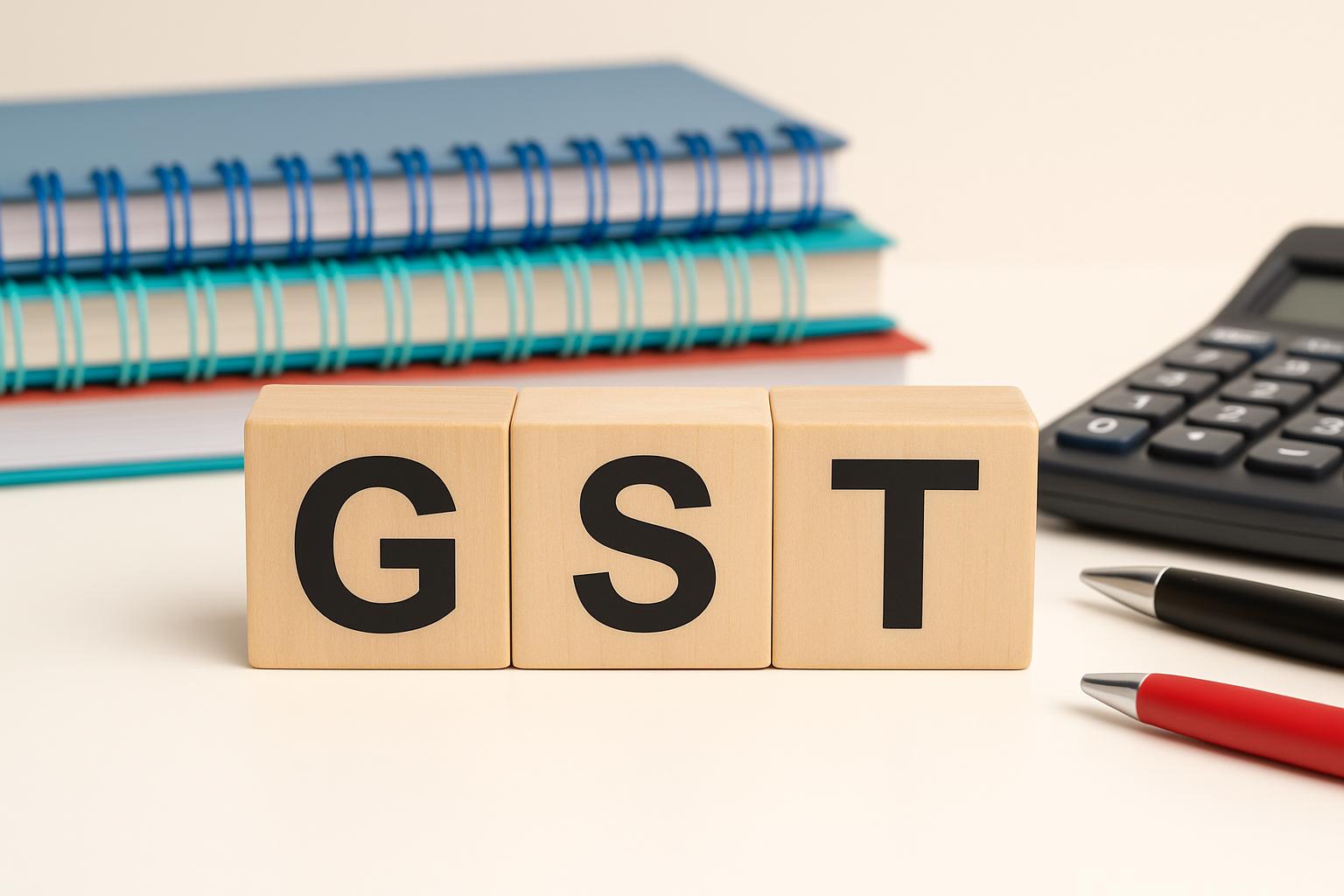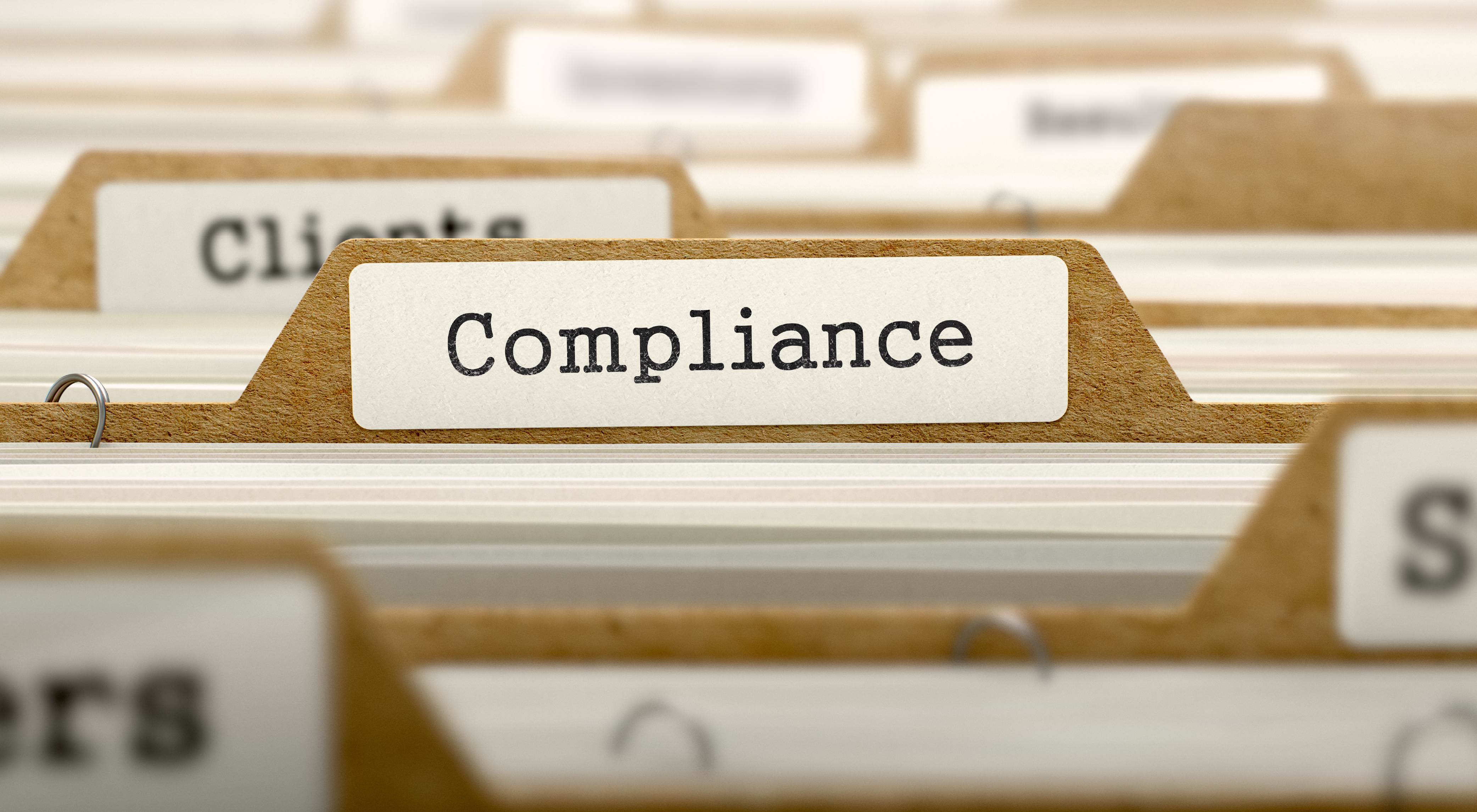Effective October 1st, 2025, a new set of rules for GST return filing will come into effect. This marks the first filing cycle under the GST 2.0 reforms, aimed at improving transparency, control, and accuracy in Input Tax Credit (ITC) management through the Invoice Management System (IMS).
As a TallyPrime user, here’s everything you need to know to stay compliant from this return cycle onward:
IMS in action for input tax credit
IMS has now been accorded legal status, becoming central to how businesses manage invoices, credit notes, and ITC reconciliation. However, contrary to speculation, auto-population of ITC from GSTR-2B to GSTR-3B remains unchanged.
Key enhancements in IMS
1. No change in auto-population of ITC
-
ITC will continue to auto-populate from GSTR-2B to GSTR-3B just like before — no manual intervention is required.
-
The mechanism of auto-population remains unchanged, even after IMS implementation.
For example:
If your supplier uploads an invoice with a wrong GST rate, it will still appear in your GSTR-2B as usual. You can then verify it using IMS but you don’t need to self-generate GSTR-2B manually.
2. GSTR-2B generation process unchanged
-
GSTR-2B will continue to be auto-generated on the 14th of every month.
-
Taxpayers can continue to take actions in IMS even after generation, until GSTR-3B is filed.
-
If needed, taxpayers can regenerate GSTR-2B based on updated actions taken in IMS.
3. Credit note Handling (Effective October 2025 Onwards)
-
Recipient taxpayers can now keep a credit note in ‘Pending’ status for a specified period.
-
Once accepted, taxpayers can manually reverse ITC partially or fully, depending on how much ITC was availed.
For example:
If a supplier issues a ₹1,00,000 credit note for returned goods, you can keep it “Pending” for this return cycle. Once verified, you can either accept or reject it in the next cycle. If only part of the goods were returned, you can reverse ITC only for that portion.
4. Pending status for credit notes
- Buyers can mark supplier credit notes as Pending, but only for one return period.
- Post this, the note must be either Accepted or Rejected.
For example:
If verification of a supplier credit note is still underway, you can keep it “pending” for this cycle. By the next cycle, you’ll need to finalize the action.
5. Buyer actions and remarks in IMS
Buyers can continue to take actions like Accept, Reject, or Keep Pending on supplier invoices and credit notes — along with remarks for better transparency and audit trails.
Example:
If an invoice appears for goods not received, you can mark it as “Rejected – goods not delivered” for clear documentation.
6. Partial ITC reversal
- When accepting a supplier’s credit note, you now have the flexibility to reverse ITC partially instead of the full amount.
For example:
If a supplier issued a credit note for 50 items but you only returned 30, you can reverse ITC only for those 30.
7. Invoice-wise GSTR-7 uploads
- GSTR-7 must now be uploaded invoice-wise on the GST portal(Note: GSTR-7 upload needs to be done on GSTR portal).
GSTR filing changes post GST 2.0: Why is this important for your business?
Since this is the first filing cycle after the implementation of GST 2.0, businesses must adapt quickly to avoid mismatches or penalties. With TallyPrime, you can manage these changes seamlessly:
- Correct wrong invoices promptly
If you’ve raised an invoice with old GST rates even after 22nd Sept, you can now spot and correct the discrepancy in GSTR-1 before filing. - Fix discrepancies post filing
If errors are identified after GSTR-1 filing, you can correct them using the amendment frame in subsequent returns. - Ensure ITC accuracy
By reconciling invoices in IMS through TallyPrime, you can easily avoid duplicate or incorrect ITC claims.
Key takeaways
From invoice-level validations to ITC claims and credit note acceptances, these changes directly impact how you file your GSTR. The good news? TallyPrime is fully equipped to help you simplify, reconcile, and stay ahead of compliance.
- No change in GSTR-2B or ITC auto-population — the process remains the same.
- GSTR-2B auto-generates on the 14th each month; actions in IMS can continue post-generation.
- Credit notes can now be marked as Pending, Accepted, or Rejected, with partial ITC reversals allowed.
- Credit notes require buyer acceptance – pending status is allowed for a specific period only.
- Remarks and partial reversals are enabled – giving you more control and flexibility.
- Invoice-wise GSTR-7 uploads are mandatory – to be done on the GST portal.
- TallyPrime helps you reconcile, correct, and comply – making GST 2.0 adoption easier.


















